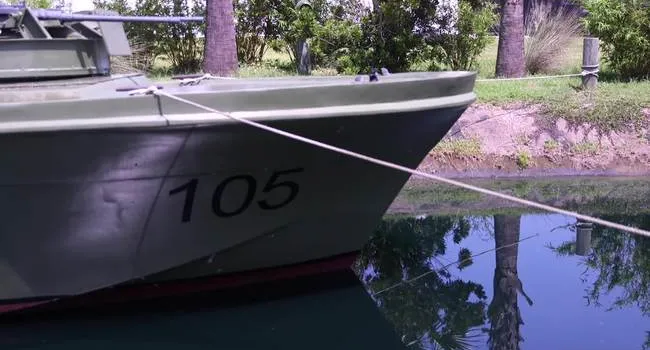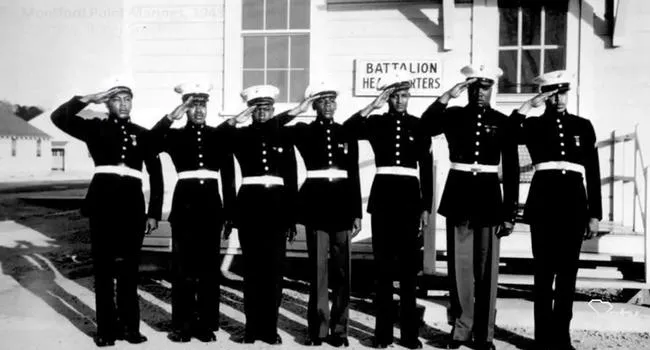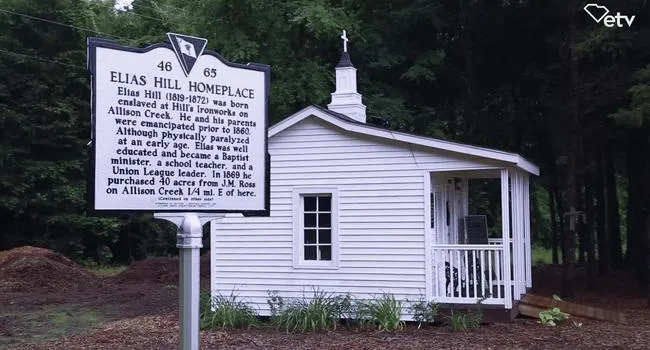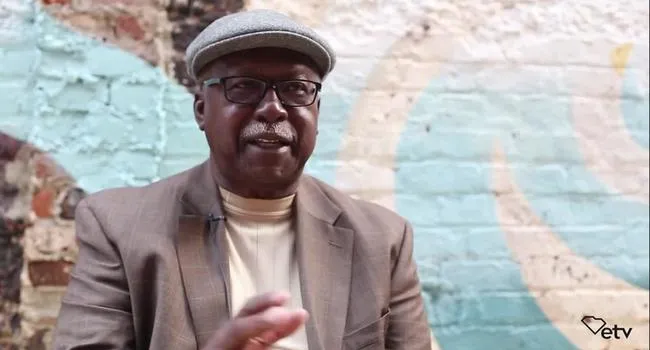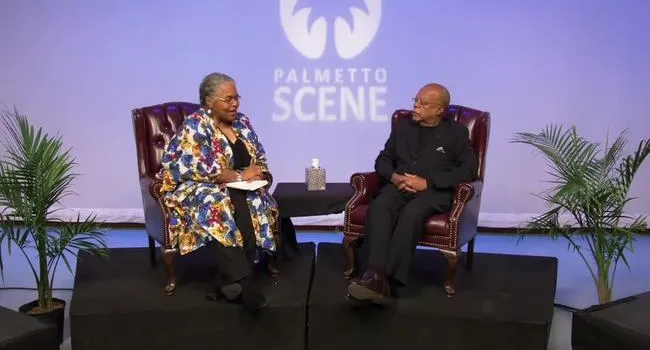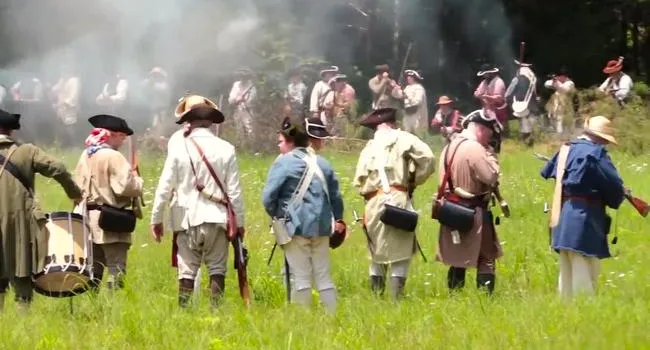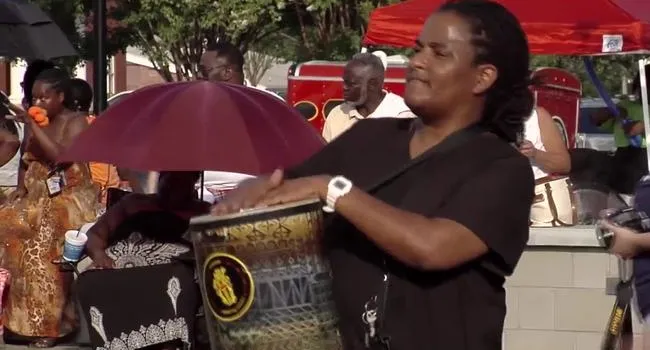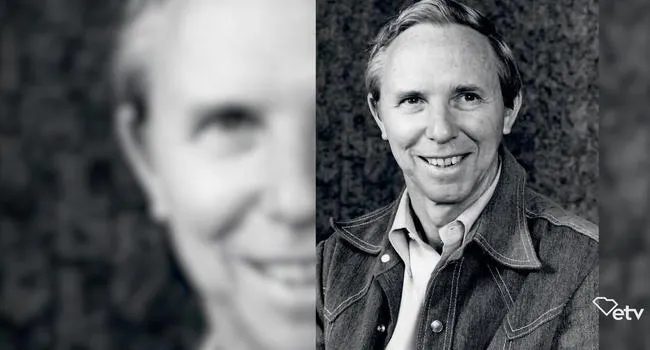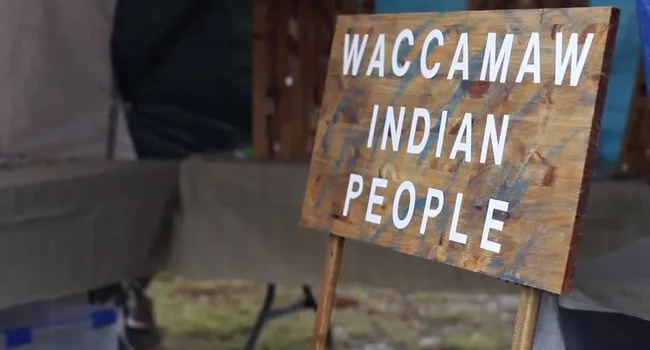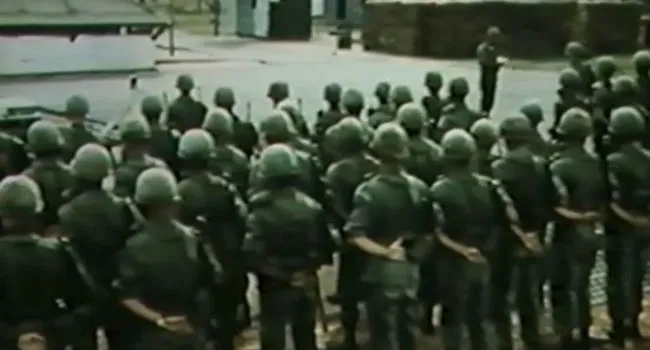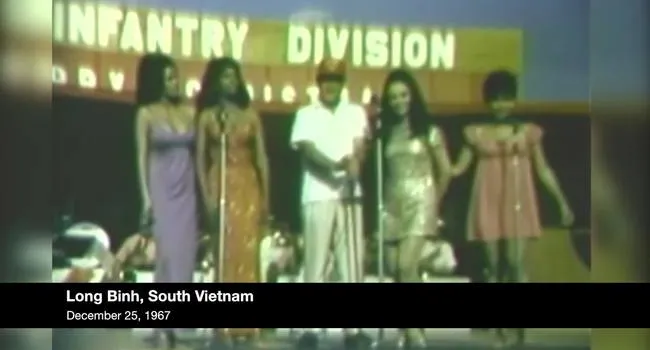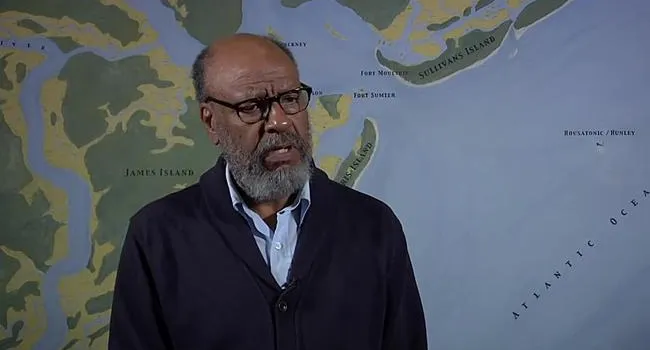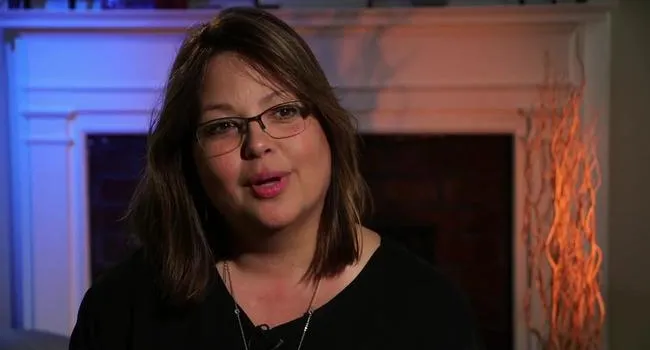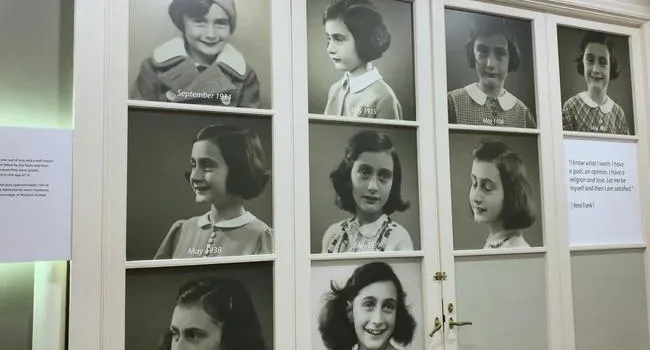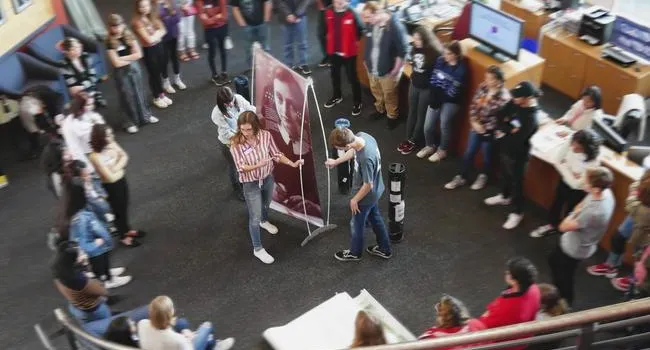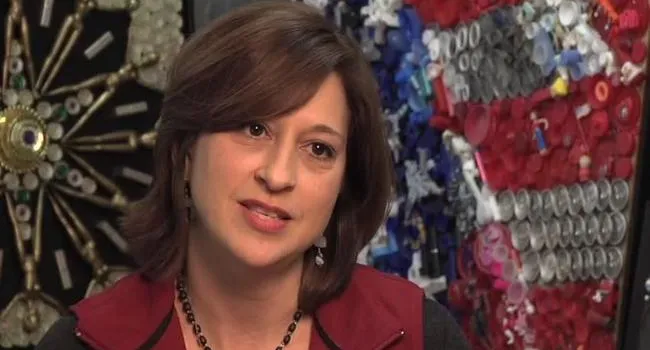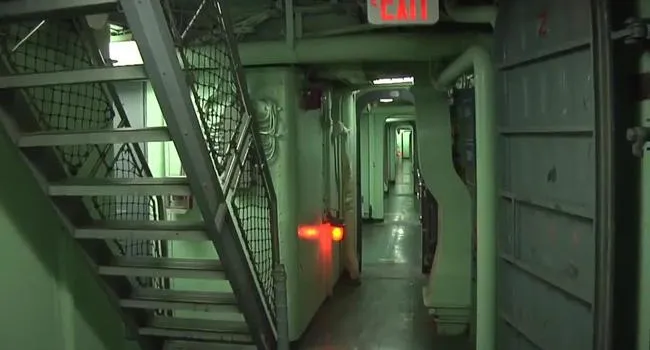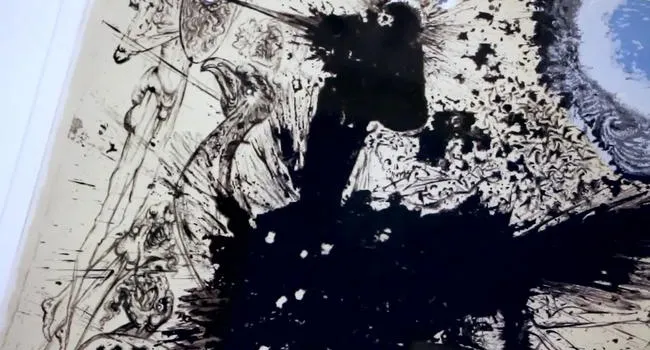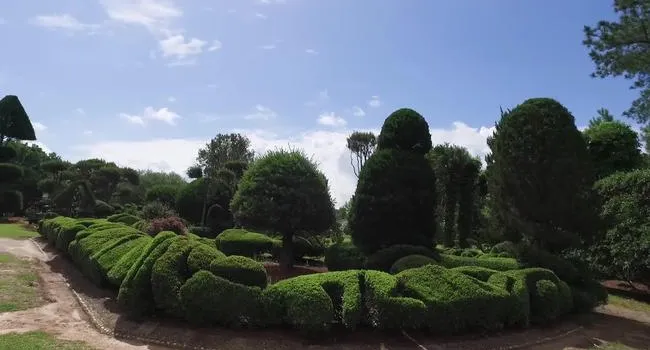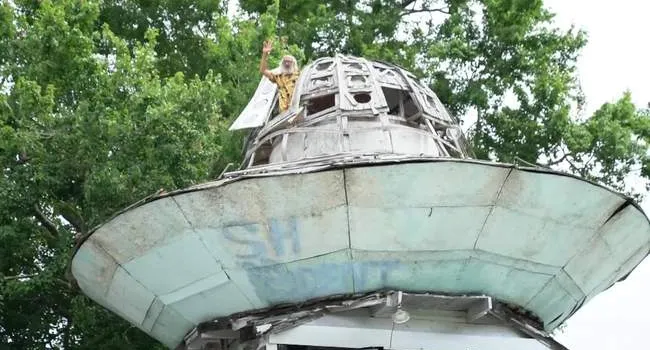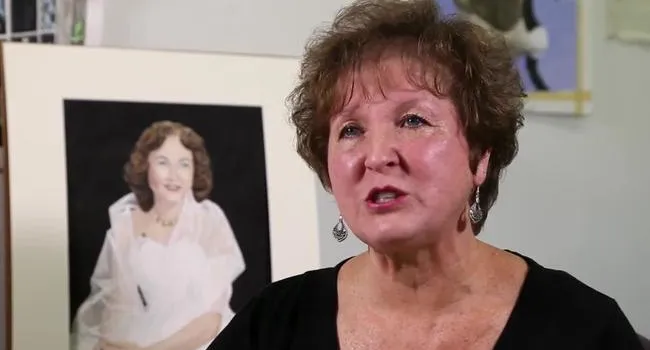On January 31, 1961, civil rights history was made in South Carolina. African American students from Friendship Junior College walked a mile to stage a sit-in at a segregated lunch counter on Main Street in Rock Hill, South Carolina. On that day, they had a mission. Their mission was to be put in jail. Once in jail, they would refuse to pay or accept bail, in order to pose a financial burden on local authorities. These students were the first to use the “Jail, No Bail” strategy as a protest in the Civil Rights Movement. This group of students became known as the Friendship 9.
Until recently, the Friendship 9 had not been recognized for their important role in the Civil Rights Movement. To pay tribute to the Friendship 9 and other local heroes, the Freedom Walkway was created in Downtown Rock Hill. Co-Artists Juan Logan and Laurel Holtzapple were hired to create the Freedom Walkway. They discuss the ideas and symbols incorporated in the Freedom Walkway, and talk about the impact they hope it has on the Rock Hill community.
Drawing inspiration from The Friendship 9 being vacated of the sentences they received in 1961, Laurel Holtzapple explains how she and Juan Logan watched the video where “the judge opened up the docket book” and that the idea of opening the docket book was “the big idea for the walkway.”
Logan says the Freedom Walkway is important because “it acknowledges where Rock Hill has been, what it is going through, and what it continues to go through. We never imagined, you see, that this whole process we’re striving for in terms of achieving freedom… that we've never actually arrived there. It’s an ongoing process.”
Holtzaple explains that, in a time of renewed racial tension, she sees the Freedom Walkway as “a place of healing and coming together.”
